Sometimes the best way to save scenic views is to buy property outright.
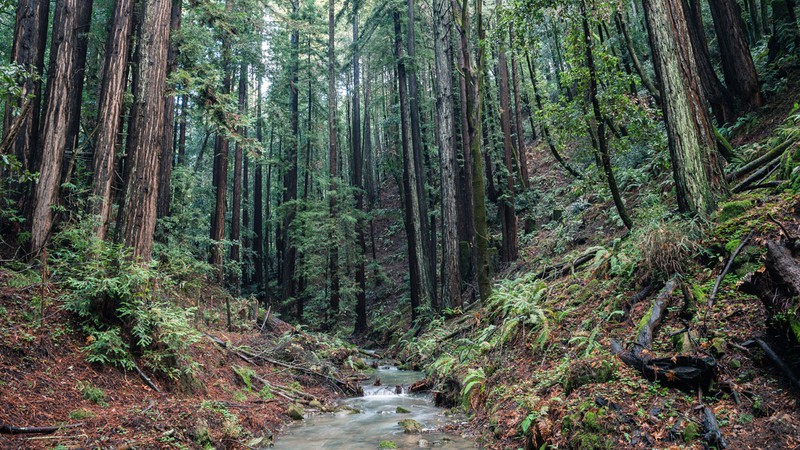
Peninsula Open Space Trust worked with landowners to preserve Estrada Ranch, one of the last large properties under family ownership in the Santa Cruz Mountains. Teddy Miller Peninsula Open Space Trust
From the snow-capped Sierra Nevada to the rolling hills of the Central Valley, and all the way to the redwoods by the sea, California contains a diverse abundance of stunning natural landscapes. Although urban sprawl threatens to encroach on some of the state’s most precious natural areas, others will continue to exist unfettered by human development thanks to the protection granted by conservation land trusts.
The Golden State is home to more than 150 land trusts, all of which are nonprofit organizations that own and manage land with the goal of preserving and maintaining the land’s natural, recreational, historical or agricultural value. Each trust varies in its individual goals, but all work toward benefiting their communities through land preservation.
Land trusts can be local, state or regional in scope, and work directly with private landowners and community partners to protect the land. According to the Land Trust Alliance, land trusts exist in 93 percent of counties in the U.S.—including every county in California—and serve urban, suburban and rural communities.
The largest land trust in California is the California Rangeland Trust, which conserves more than 371,000 acres of rangeland across 90 ranches throughout the state. According to the Rangeland Trust, 67 percent of endangered species spend all or part of their lives on ranchlands; therefore, protecting ranchlands also protects delicate flora and fauna.
Other forms of conservation land trusts may protect lands for farming, for habitat preservation, or for the sake of maintaining natural spaces for future generations to enjoy.
How Do Land Trusts Work?
Conservation land trusts start out of desire to protect an area from future development. A private landowner may form a trust, or give or sell the land to an existing trust for protection and continued stewardship. Alternatively, a community may raise funds to purchase and manage lands they deem important to protect. The trusts can then accomplish their goal by either purchasing land outright, or by partnering with landowners who similarly want to protect their lands from development.
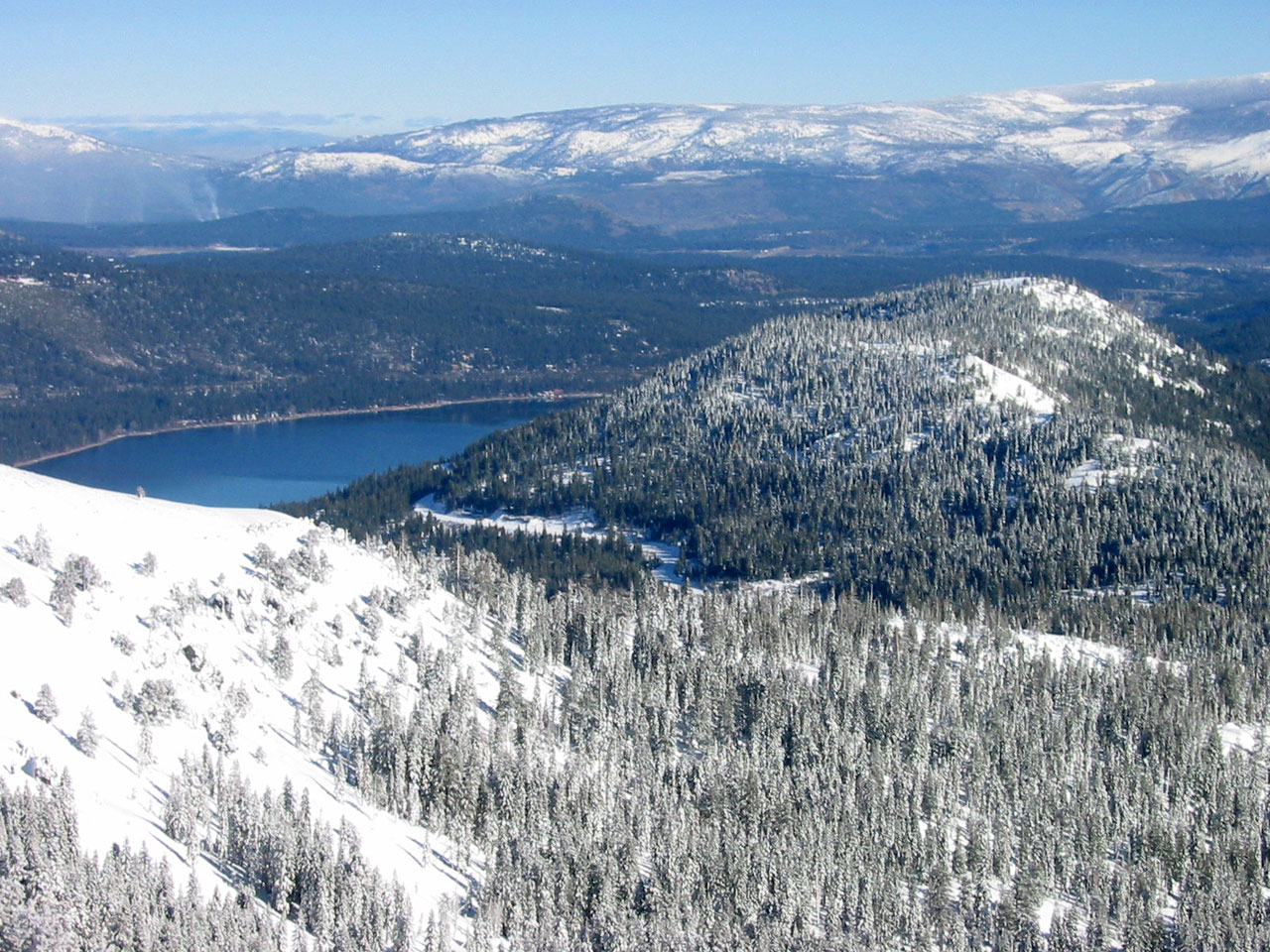
“For us, it was a group of people who got around a coffee table at a house on Donner Lake, because they were worried about one specific piece of property,” explains Greyson Howard, communications director for the Truckee Donner Land Trust. Residents had concerns about the potential development of land in an area called Coldstream Canyon between Donner Lake and the town of Truckee, he says. “They wanted to protect this piece of land because it meant something to them, so they ended up forming a 501(c)(3) nonprofit.” Using that nonprofit status, residents could raise funds and purchase the land.
Since that groundbreaking purchase in 1990, the Truckee Donner Land Trust has grown to include more than 40,000 acres of land purchased through partnerships with landowners and with the financial support of the community.
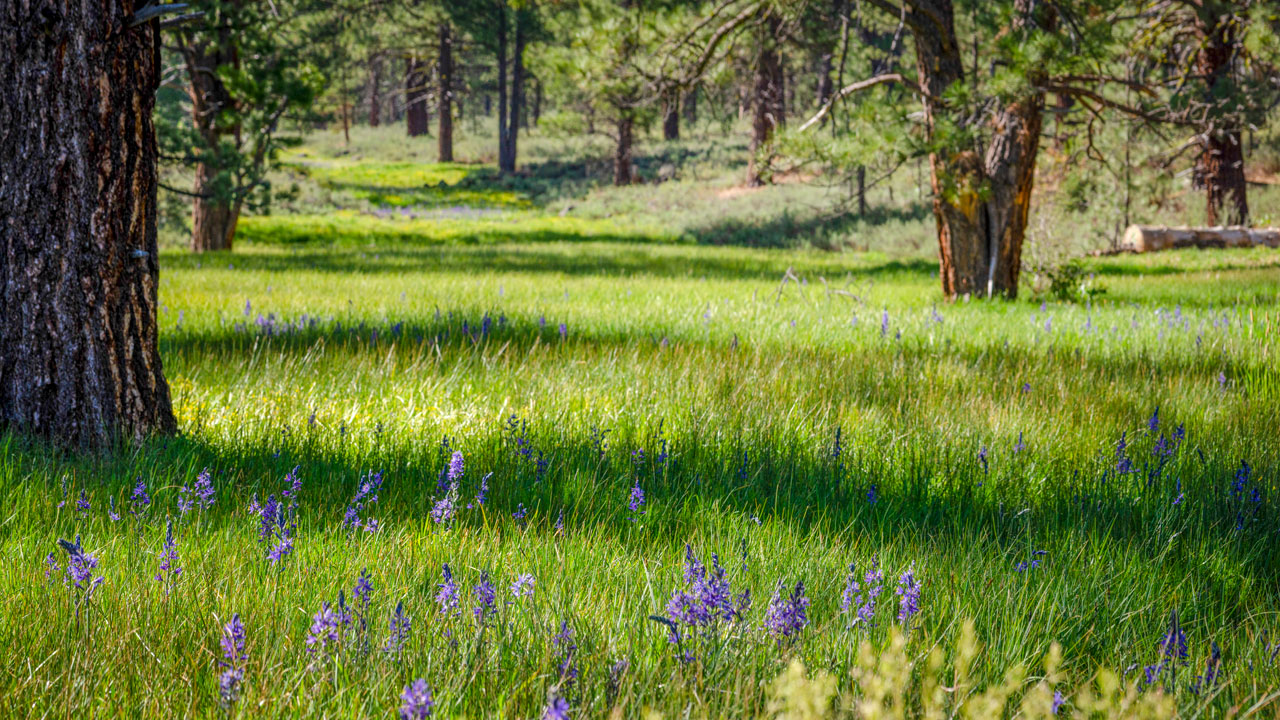
As nonprofit organizations, land trusts must fundraise to purchase their land. “Every time we acquire a piece of property, we have to pay for it,” Howard says, “and that typically shakes out to something like half private funding, coming from donors like you and me, and half public funding, which means grants from government agencies typically.”
But raising the funds is only half the battle when it comes to obtaining the land. The other challenge is actually purchasing the land. “First and foremost, we have to have a willing seller,” Howard says.
As nonprofit organizations, land trusts aren’t allowed to pay more than the appraised value of the land. For some sellers, the highest bidder wins, which means the land trust simply can’t compete. “But we’ve had a number of sellers that have turned down more lucrative offers because they care about the property and they want to see it protected and preserved,” Howard explains. Negotiations between the seller and the trust can take years, if not decades, so having cooperative and patient sellers is crucial to the trust’s ability to acquire land.
In some instances, a landowner may not want to sell the land but will instead choose to give or partially sell their land to the trust in the form of a conservation easement. “This means we will buy the development rights of that land and extinguish them,” Howard says. In this case, the landowner continues to own the land, but it can never be developed no matter who may purchase or own the land in the future.
Some land trusts—such as the California Rangeland Trust, mentioned earlier—rely on such conservation easements for the majority of their land. Land owners partner with the trust to ensure their lands stay open and undeveloped without imposing significant financial hardships to themselves or other ranchers who may lease the land.
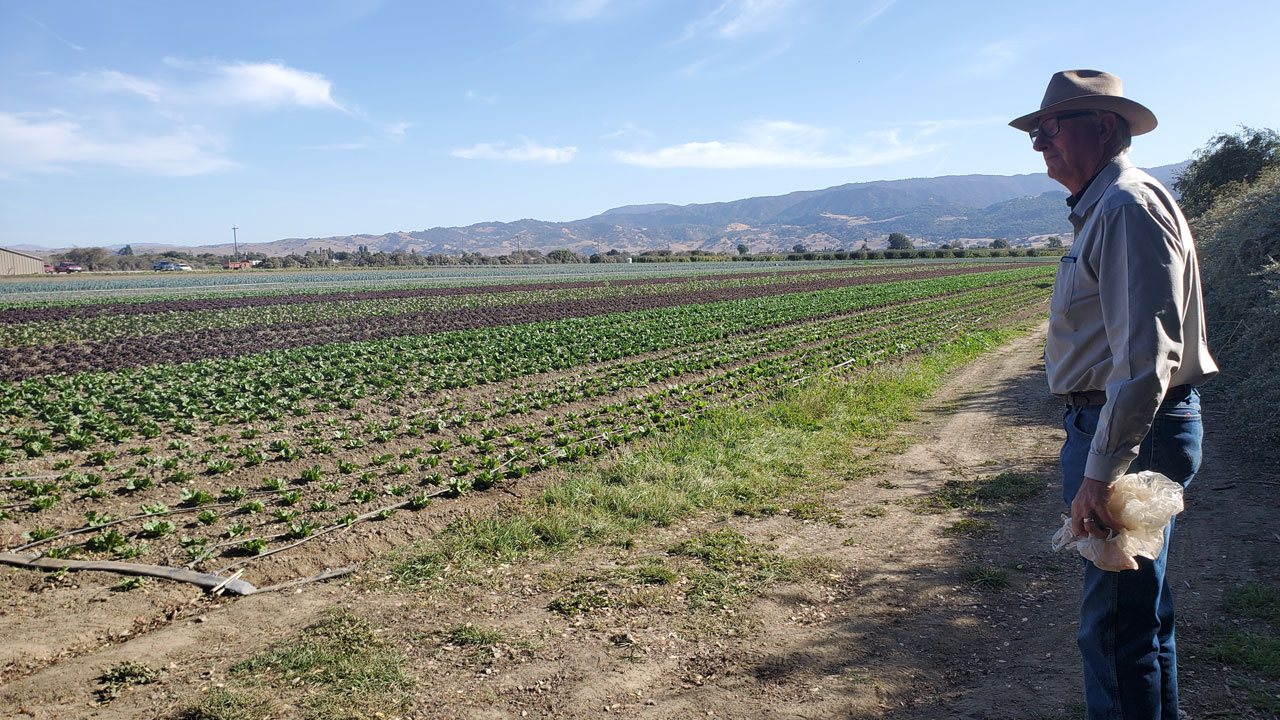
Operating on a smaller, local scale is San Benito Agricultural Land Trust. Over three decades, SBALT has conserved productive agricultural land while also maintaining the rural character of San Benito County in the face of increasing development pressures. Most recently SBALT parlayed state and federal funding into an opportunity to permanently protect the 51 acres of Phil Foster Ranch, also known as Pinnacle Organically Grown, in the San Juan Valley.
What Do Land Trusts Do With the Land?
For many land trusts, acquiring land is only the beginning. The organizations are then tasked with maintaining and preserving the land in perpetuity, which is no idle task. “Stewardship of our land is a huge component of what we do,” Howard says.
How the various trusts manage their lands differs depending on the needs of the community and the environment. For example, the TDLT works to build and maintain a network of recreational trails throughout its land so the area is accessible to the community. In fact, 80 percent of land trusts in the U.S. provide public access to their protected lands, according to the 2020 National Land Trust Census.
Land trusts also work to preserve and maintain the environmental health of the land. For instance, “we also do a lot of forestry work,” Howard notes. This includes clearing undergrowth and thinning parts of the forest to minimize the risk of wildfire.
Other trusts, such as the Elkhorn Slough Foundation, located just north of Monterey, dedicate a large portion of their resources to restoring previously lost natural habitats. Since 1982, the foundation has worked to restore marshland, reduce erosion, and improve water quality in Elkhorn Slough, which is one of California’s largest coastal salt marshes.
Recently, the foundation removed five acres of invasive eucalyptus trees from an area called the Elkhorn Highlands Reserve. The foundation partnered with a local forestry business called Ventana Forestry to turn the hundreds of enormous eucalyptus logs into biochar, a form of charcoal that can be stored in soil as a means of removing carbon dioxide from the atmosphere.
The Pillars of POST
In October 2020, Gov. Gavin Newsom signed the Nature Based Solutions Executive Order into law, thus committing California to conserving 30 percent of all the state’s lands and coastal waters by 2030—known as the 30 x 30 Initiative. According to the California Council of Land Trusts, land trusts can contribute significantly to this goal and will help Californians continue to enjoy and benefit from the state’s diverse natural landscapes and resources for generations to come.
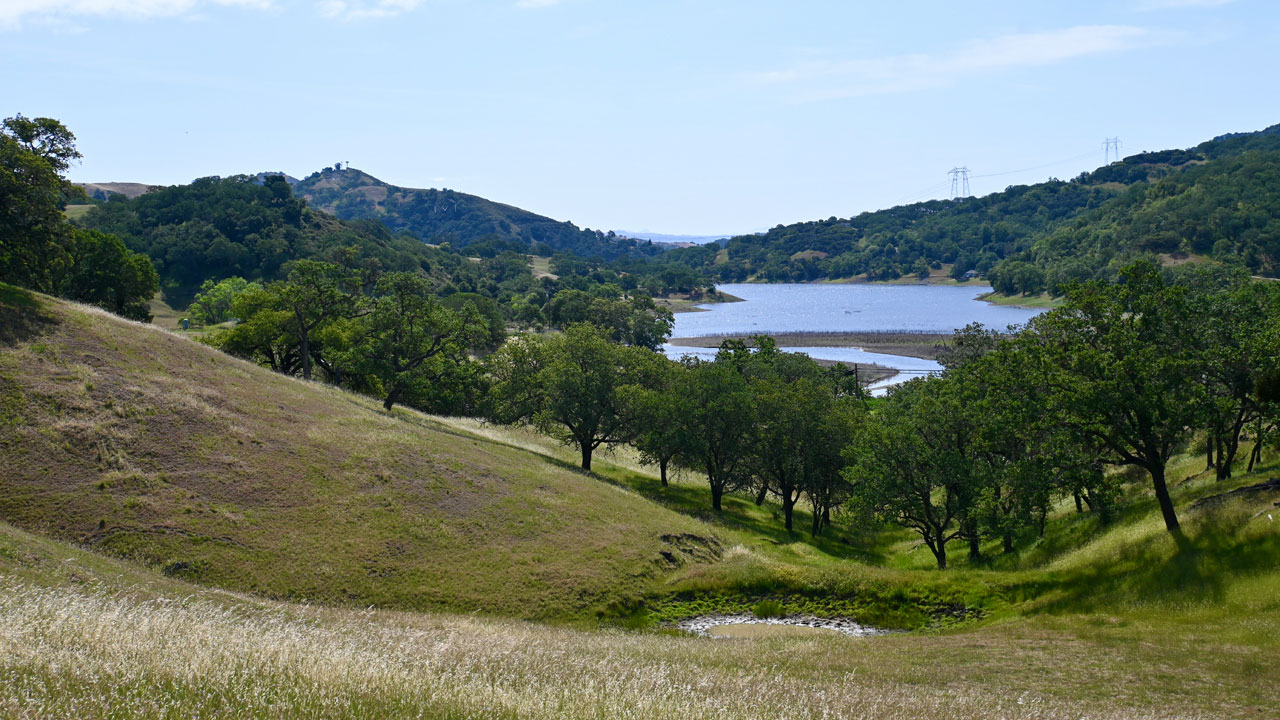
One land trust, Peninsula Open Space Trust, has been doing just that for close to 50 years. This nonprofit agency works in concert with the Midpeninsula Regional Open Space District (Midpen), as well as a number of other partners throughout the Bay Area’s Peninsula and South Bay. Midpen is a government agency created in 1972to preserve a green belt in the San Francisco Bay Area. According to Liz Torczyner, POST’s director of marketing, the land trust came into being five years later, when leaders at Midpen “found pretty quickly that it was difficult to move at the pace that was needed to protect open space at a time in the ’70s when development was very, very rapid.”
Torczyner explains how POST facilitates the acquisition of some of the country’s most valuable real estate. “We’re able to work confidentially with willing sellers,” she says. “Since not everything has to be publicly approved, it just allows us to be more nimble so we’re able to work quickly when important landscapes become available. And when the public agency is ready and able to take ownership of it, then we’ll transfer it to them.”
As POST moves toward its 50th anniversary in 2027, Torczyner says, the nonprofit has outlined three main priorities (“we’re calling them our pillars”) for its strategic plan. “Those three priorities—biodiversity, climate change resilience, and equitable access—all align perfectly with California’s 30 x 30 Initiative priorities.”
Over the decades, POST has protected some 87,000 acres of open space in San Mateo, Santa Clara and Santa Cruz counties. “Our goal is pretty much always to keep the land short term until we can transfer it to a public agency who can manage it,” Torczyner says. Though not all of the land is accessible for active recreational use, protecting it from development sustains native species, improves air quality and clean water, and protects other natural resources.
“Our mission is to protect open space for the benefit of all,” Torczyner says, adding, “There’s definitely been increased emphasis placed on diversity, equity and inclusion—and our relationships with Indigenous groups.”
Truckee Donner Land Trust’s Howard says, “Land trusts are a win-win solution to a lot of environmental conservation problems we have today,” serving landowners, conservationists, biologists, or just hikers enjoying the beauty of nature. “Everybody benefits from the work that land trusts do.”
To find out more about land trusts that are active in your area, visit the California Council of Land Trusts website, which has a map that lists trusts by county.
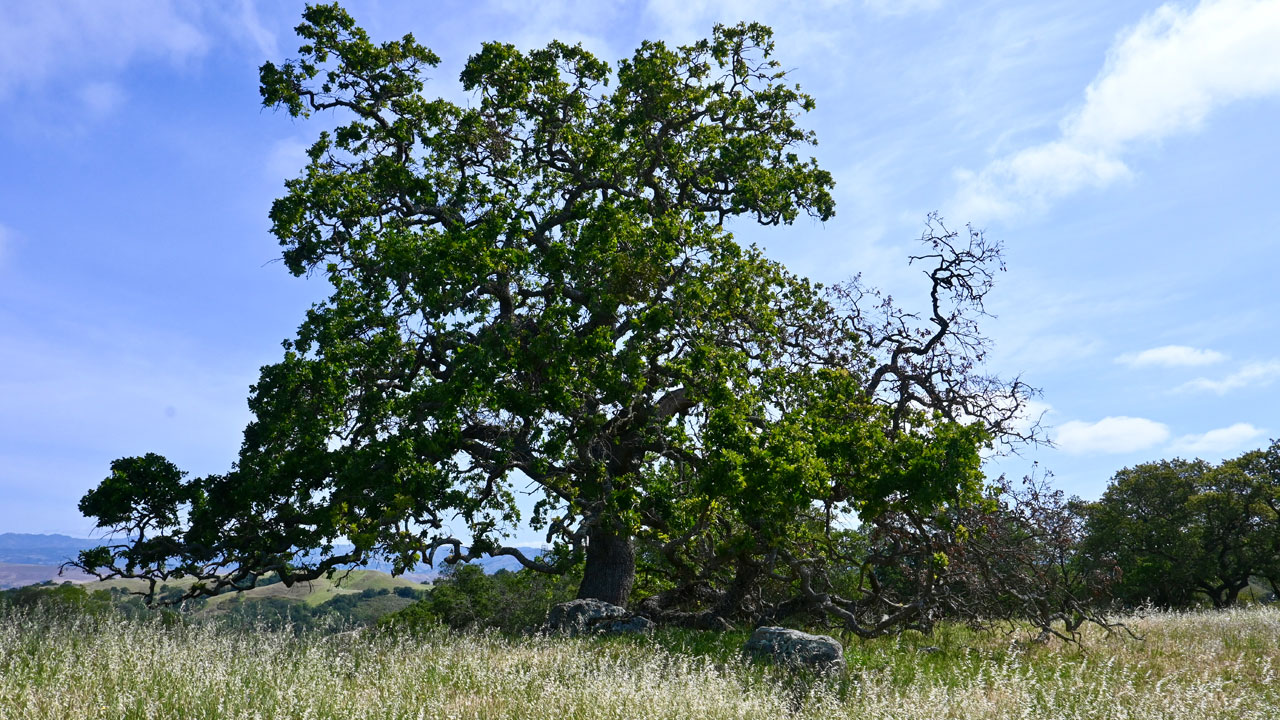
Long form articles which explain how something works, or provide context or background information about a current issue or topic.